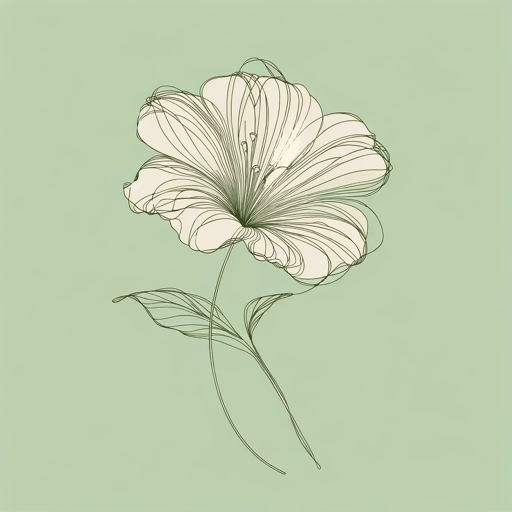16 pages • 32 minutes read
Emily DickinsonWhat Soft — Cherubic Creatures
Fiction | Poem | Adult | Published in 1896A modern alternative to SparkNotes and CliffsNotes, SuperSummary offers high-quality Study Guides with detailed chapter summaries and analysis of major themes, characters, and more.
Background
Literary Context
In terms of Dickinson’s own body of work, the confidence in the “Deity” (Line 8) or Jesus stands out. In other poems, Dickinson’s speakers doubt the role of God and Christ. In “‘Heavenly Father’—take to thee” (ca 1862), the speaker accuses God of “Duplicity,” and in “Those—dying then” (ca 1882), the speaker describes God as missing in action because he “cannot be found.” Concerning Jesus specifically, the speaker in “So well that I can live without” (ca 1862) asks for proof that Jesus loved humans as much as he said he did. The speakers in these poems use a confrontational tone toward God and Christ, which is similar to the speaker’s tone toward the "Gentlewomen” (Line 2) in “What Soft—Cherubic Creatures.”
For a larger literary context, Dickinson’s poem aligns with other 19th-century poets who countered the “Brittle Lady” (Line 11) trope. In 1856, Elizabeth Barrett Browning published the epic poem Aurora Leigh, where the eponymous character rejects marriage and chooses independence and engagement with “freckled Human Nature” (Line 7). Emily Brontë, too, challenged the notion that women were “Cherubic Creatures” (Line 1) in her unsentimental poetry and her classic novel Wuthering Heights (1847).
Related Titles
By Emily Dickinson

A Bird, came down the Walk
Emily Dickinson

A Clock stopped—
Emily Dickinson

A narrow Fellow in the Grass (1096)
Emily Dickinson

Because I Could Not Stop for Death
Emily Dickinson

"Faith" is a fine invention
Emily Dickinson

Fame Is a Fickle Food (1702)
Emily Dickinson

Hope is a strange invention
Emily Dickinson

"Hope" Is the Thing with Feathers
Emily Dickinson

I Can Wade Grief
Emily Dickinson

I Felt a Cleaving in my Mind
Emily Dickinson

I Felt a Funeral, in My Brain
Emily Dickinson

If I Can Stop One Heart from Breaking
Emily Dickinson

If I should die
Emily Dickinson

If you were coming in the fall
Emily Dickinson

I heard a Fly buzz — when I died
Emily Dickinson

I'm Nobody! Who Are You?
Emily Dickinson

Much Madness is divinest Sense—
Emily Dickinson

Success Is Counted Sweetest
Emily Dickinson

Tell all the truth but tell it slant
Emily Dickinson

The Only News I Know
Emily Dickinson

